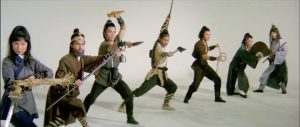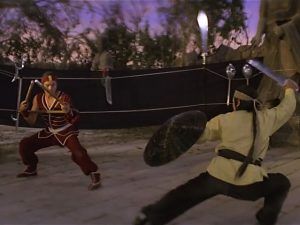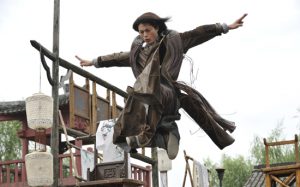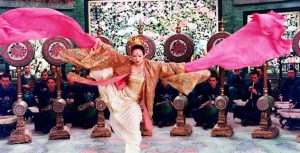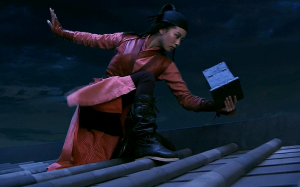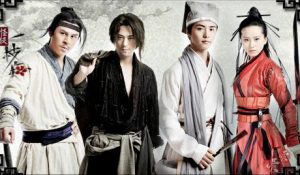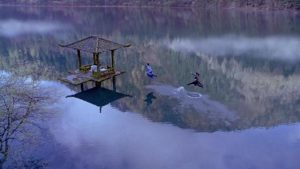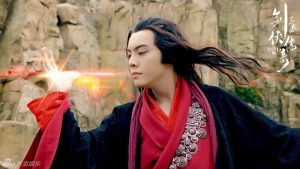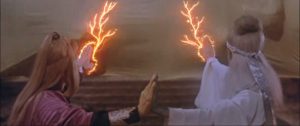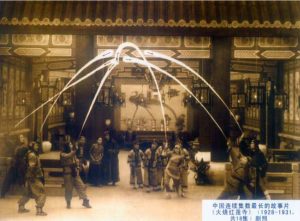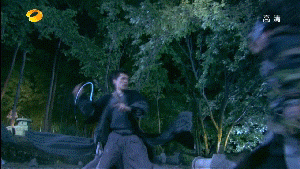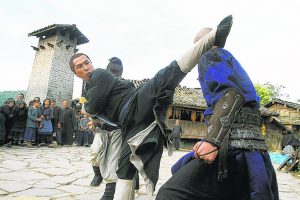Con of the North 2017 After Action Report
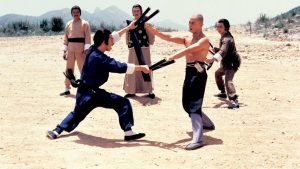
This second year running Art of Wuxia games at Con of the North was a real blast. Comparing the character stats from last year shows some real maturing and tightening of the system. Gamers new to the system are quick to catch onto the basic rules and returning players (and we had a couple!) played up on the nuances of the system.
This year, I ran two new scenarios, A Jianghu Ghost Story and Red Tiger Clan. I try to have one adventure focus on villains and sect strife and the other have some supernatural/magical elements to it. I did that last year with The Willow Blades (master villain/sect strive) and Steel Demon (supernatural/magic).
A Jianghu Ghost story has the players trying to figure out what is causing Chen Mao’s mansion to be haunted. This adventure has assassinations, magic, ghosts, demons, investigations, ancient pacts, love, strife and even a weapon of mass destruction.
Red Tiger Clan has street fights, kung fu sect politics, rescues, an ancient evil artifact, betrayal, loyalty and possibly the creation of a master villain if the players are not successful.
Both scenarios have been very fun to run. Feedback from players has been terrific. The game rules are complete and the changes that were made last summer in regards to weapon damage, Body Points and a few other combat tweaks to the D00Lite system have all come together to make the game exciting, fun and really fit the genre.
Players are really getting into the spirit of things. In the convention games this past weekend the following objects were used as improvised weapons: small plates, a stool, small bowls, money, hot tea, and a railing!
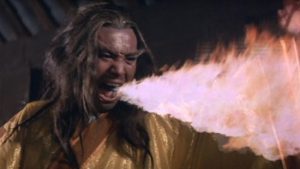
The convention adventures are designed to be played by players not familiar with the system. However, a few players really look close at their character sheets and realize they could do some pretty tricky things. Again, I don’t design the adventures where these nuances are required but the players are certainly rewarded for figuring these tricks out and pulling them off. It also shows that the D00Lite system is anything but simplistic. Easy to learn, yes, but full of extended play options.
I’ve got convention games coming up in April and July and I’m really looking forward to them!
Menomocon, Menomonie, WI on April 9th
Clearwater Con, Eau Claire WI July 7th-9th
If you can make it to one of these conventions, I’m sure you’ll have a great time. Especially if you play Art of Wuxia!

